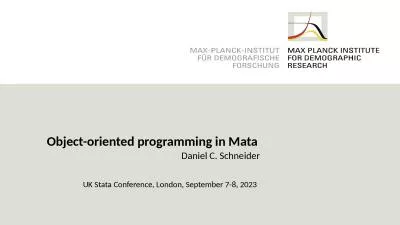PPT-ValueTypes Jim Fawcett CSE687 – Object Oriented Design
Author : natalia-silvester | Published Date : 2020-04-05
Summer 2018 Definition A Value Type is a userdefined type that supports Making copies of instances Assigning the state of one instance to another Managing all allocation
Presentation Embed Code
Download Presentation
Download Presentation The PPT/PDF document " ValueTypes Jim Fawcett CSE687 – Objec..." is the property of its rightful owner. Permission is granted to download and print the materials on this website for personal, non-commercial use only, and to display it on your personal computer provided you do not modify the materials and that you retain all copyright notices contained in the materials. By downloading content from our website, you accept the terms of this agreement.
ValueTypes Jim Fawcett CSE687 – Object Oriented Design: Transcript
Download Rules Of Document
" ValueTypes Jim Fawcett CSE687 – Object Oriented Design"The content belongs to its owner. You may download and print it for personal use, without modification, and keep all copyright notices. By downloading, you agree to these terms.
Related Documents

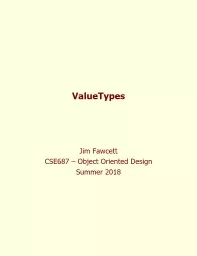
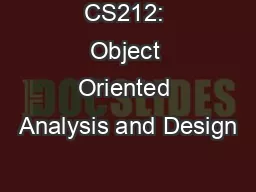
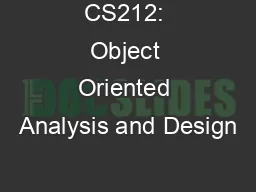

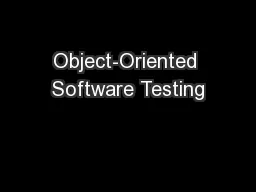
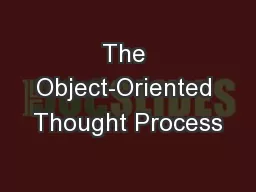
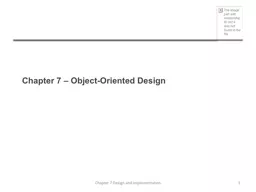
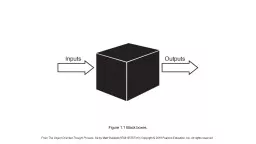
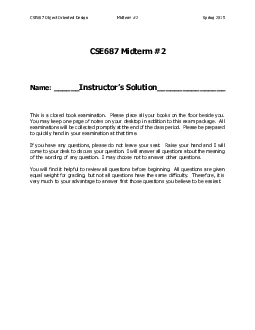
![[BEST]-Deciphering Object-Oriented Programming with C++: A practical, in-depth guide to](https://thumbs.docslides.com/978939/best-deciphering-object-oriented-programming-with-c-a-practical-in-depth-guide-to-implementing-object-oriented-design-principles-to-create-robust-code.jpg)

